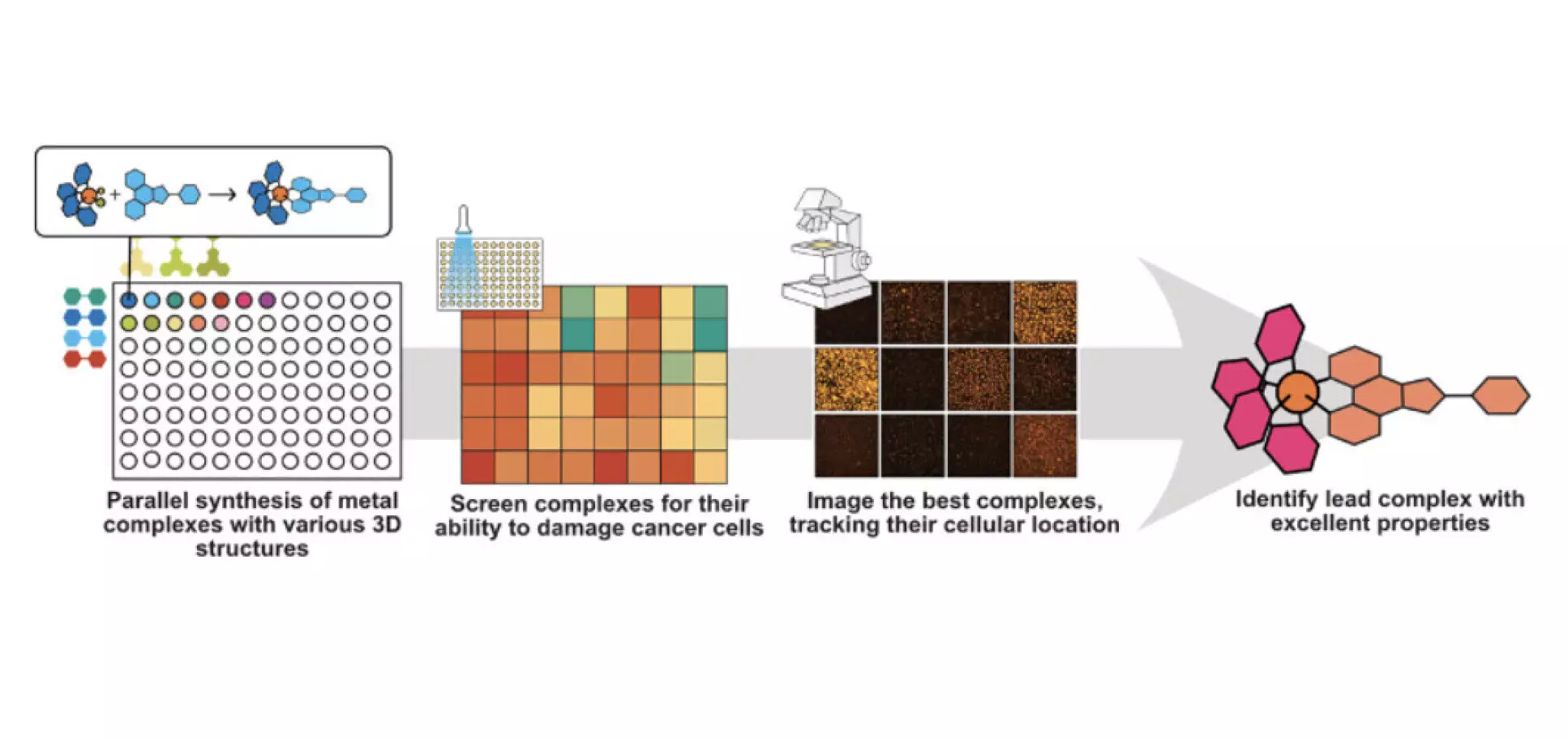Cancer treatment has long been a challenging and complex field, with the discovery of new compounds with pharmacological properties being both expensive and time-consuming. As a result, researchers at Imperial College London have developed a new platform for the synthesis, analysis, and testing of compounds that may one day treat cancer. This innovative approach aims to streamline the process of identifying potential new diagnostic and therapeutic compounds by focusing on metal-based compounds that become highly toxic to cancer cells upon exposure to light.
The researchers at Imperial College London, led by Professor Ramon Vilar and Dr. Tim Kench, synthesized a large collection of iridium-based compounds as part of their workflow. By attaching different molecular fragments to a central iridium core, they were able to manipulate the structure and properties of various compounds. This approach allowed them to study the performance of these metal complexes and assess how well they could damage cancer cells and what parts of the cell they targeted.
Metal-based compounds have been recognized for their broad range of properties which can be advantageous in the development of drugs. The unique properties of iridium complexes make them well-suited for photodynamic therapy, a method that uses light-activated toxicity to kill cancerous cells. This approach offers a high degree of control over where the cells are damaged, potentially reducing side effects compared to traditional chemotherapy drugs.
Despite the promise of metal-based compounds in cancer treatment, synthesizing new photo-toxic compounds with the ideal set of properties for anticancer agents can be a difficult process. Predicting and balancing the different characteristics of new compounds, such as their chemical stability and response to light, poses a challenge for researchers. However, the new platform developed by the Imperial College London researchers aims to address these challenges by using combinatorial synthesis and automation to streamline the process.
Using their platform, the researchers were able to make and test a library of 72 complexes simultaneously, reducing the time and resources required for such experiments. By leveraging liquid handling robots for synthesis and testing, they were able to shorten the entire cycle to just three days, compared to the several weeks it would typically take using conventional methods. This efficiency allows for the rapid generation of compounds and the identification of those with the most promising anticancer properties.
In collaboration with a team at the Massachusetts Institute of Technology, the researchers used computational techniques to analyze key electronic parameters of the compounds and correlate them with experimental data. This analysis provided valuable insights into why some complexes were more effective than others, guiding the design of a second-generation library of compounds with even better anticancer properties. Moving forward, the researchers plan to expand their library of compounds and data, as well as integrate machine learning models to identify patterns between high-performing compounds and suggest the synthesis of novel candidate compounds.
The development of this new platform for the synthesis, analysis, and testing of metal-based compounds represents a significant advancement in the field of cancer treatment. By streamlining the process of discovering potential new diagnostic and therapeutic compounds, researchers are one step closer to developing more effective and targeted treatments for cancer.



Leave a Reply